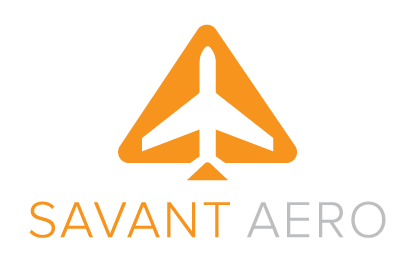A Complete Manual for Conducting International Flight Operations
FAA vs. ICAO Procedures & Phraseology
FAA vs. ICAO PROCEDURES
There are many differences between FAA and ICAO procedures. Complicating the matter even more, many countries will use some ICAO procedures, some will use FAA procedures, and additionally, some may create their own procedures. For this reason it is very important for crewmembers to have a basic knowledge of FAA VS. ICAO differences and to spend the time researching country specific differences from ICAO.
The following are general guidelines and are not intended to be all inclusive.
FAA PROCEDURES
vs.
ICAO PROCEDURES
Limited to 250 Knots below 10,000’
Aircraft Speed
Generally no equivalent
The METAR abbreviation SKC is used to indicate clear sky
Visibility &
Sky Condition
CAVOK is used which implies a visibility of 10 km and no cloud condition below 5000 ft or the highest minimum sector altitude and no cumulonimbus or towering cumulus at any level.
The FAA does not prohibit aircraft from departing for their destination when the weather is below approach minimums under part 91, however FAR 135.319 does have restrictions that apply when flying commercially.
Destination Weather at the Time of Departure
ICAO has restrictions which are called “Approach Ban”. They prevent aircraft from departing when the destination weather is below minimums. When operating in a foreign country, those country specific rules apply to U.S. operators.
If the failure occurs in IFR conditions each pilot shall continue the flight according to the following:
Route:
- By the route assigned in the last ATC clearance received
- If being radar vectored, by the direct route to the fix or airway
- In the absence of an assigned route, by the route ATC has advised may be expected
- In the absence of an assigned or expected route, shall proceed by the filed route
Altitude:
The highest of the following:
- Altitude assigned in the clearance
- Minimum altitude for IFR Operations
- The altitude ATC has advised may be expected
Lost Com in IFR Flight
In ICAO the aircraft shall, while under radar contact, maintain the last assigned speed and level for 7 minutes after the latter of the following:
- The time the last assigned level or minimum flight altitude is reached
- The time the transponder is set to Code 7600
- The aircraft failure to report its position over a compulsory reporting point and thence adjust to the level and speed filed in the flight plan. (ICAO Annex 2 3.6.5.2.2)
While outside of radar contact the aircraft shall maintain the last assigned speed and level, or minimum flight altitude if higher for 20 minutes following the aircraft’s failure to report its position over acompulsory reporting point and thereafter adjust level and speed in accordance with the filed flight plan (ICAO Annex 2 3.6.5.2.2)
FAA vs. ICAO PHRASEOLOGY
ICAO and FAA phraseology is very similar, but knowing the subtle differences can have a significant impact on flight operations. Crew members shall review the brief list prior to conducting international flight operations.
AIR TRAFFIC CONTROL
FAA ICAO
Flight Information Region (FIR)
Radar / Control
Arrival
Departure
Director / Final
Tower
Ground
Apron
Delivery
Air Route Traffic Control Center
Center
Approach
Departure
Final
Tower
Ground
Ramp
Clearance Delivery
COMMUNICATIONS
FAA ICAO
QNH 1013
Holding point
Line up and wait
Decimal
Report Altitude
Join Base
Circuit
Vacate runway
Runway 09
Backtrack
Speed is yours
Climb
Descend
Continue approach, number 2
With you - FL
Left / Right orbit
Altimeter 29.92hg
Hold Short
Line up and wait
Point
Say altitude
Enter base
Traffic pattern
Clear Runway
Runway 9
Taxi back
No speed restriction
Climb and maintain
Descent and maintain
Clear to land, number 2
Checking in - FL
Left / Right 360
HOLDING SPEED
FAA ICAO
<6000, 210kts
6000-14000, 220kts
14000-20000, 240kts
20000-34000, 265kts
>34000, Mach .83
<6000, 200kts
6000-14000, 230kts
>14000, 265kts
EFC TIMES
FAA ICAO
May or may not be given
Always given
DESCENT CROSSING RESTRICTIONS
FAA ICAO
Later clearance does not remove a previous crossing restriction
Later clearance does remove a previous crossing restriction
JOIN THE CONVERSATION

The material contained on this site is to be used for reference only. You should always follow your primary resources first (aircraft manuals, government regulations, etc.).
Savant Aero is no way affiliated with any aircraft manufacturers.

